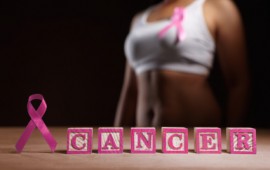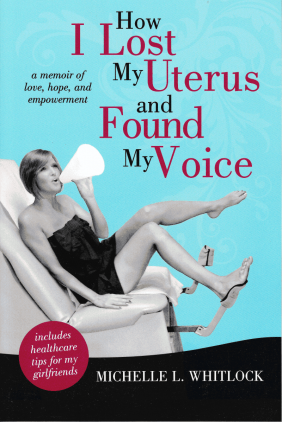National Cancer Survivor’s Day
Author: Shannon Miller Lifestyle

SML would like to take a moment to recognize all the cancer survivors as warriors and heroes that have survived cancer and continue living and sharing their message of survival.
We would also like to thank all of the professionals and non-professionals that make this possible for others, including: doctors, surgeons, therapists, nurses, family, and friends. We would also like to congratulate and thank the American Cancer Society, who has helped in research and medical funding for cancer for 100 years!
We have a special survivor story for you today, one of Michelle L. Whitlock, a cancer survivor who suffered from cervical cancer in her 20’s.
Cervical cancer is the world’s most prevalent cancer in women, and kills about a third of all who suffer from it. The most important test for cervical cancer is the HPV test in a PAP Smear. This is because 99% of women who have cervical cancer have HPV. Taking the HPV vaccine or allowing your daughter to get the HPV vaccine is a personal choice that should be taken seriously.
Michelle’s story starts when she is very young. To be exact, she was only 17 when she had her first abnormal PAP Smear. The doctor decided she should have a Cryo-procedure at that time, which freezes the affected cells off. She had HPV. Her problems continued from there. She had another abnormal PAP at age 20, and had a colposcopy for exploration.
In the years following, Michelle had frequent yeast infections, some of which seemed unbearable. She also had a breast mammary gland infection. Going in for more tests, she found our her particular strain of HPV was “high risk.”
Michelle was diagnosed with cervical cancer, after months and years of strange complications and a lot of testing, at age 26. Though it is very unusual to be diagnosed in the 20’s, women who have complications should stay on top of their own health. Cervical cancer spreads quickly through the reproductive system, which is why it kills a third of the women it attacks. In Michelle’s case, it took extensive exploration to find the cancer cells, because they did not show up on her PAP. She had cancer in the glandular cells inside the cervix, not on the surface.
After doing her own research, Michelle opted for the RVT solution, which is a deep cut into the wall of the vagina and cervix, in hopes to take all of the cancer without removing the uterus and ovaries. Unfortunately, this did not take all of the cancer. She did have to go in and have her uterus, fallopian tubes, and one ovary removed.
Even though she had not been thinking of children yet in her life, Michelle chose to freeze her eggs before her surgeries, in case she decided to be a mother at some point in the future. Michelle also underwent radiation and chemotherapy treatments, and suffered from kidney failure. Her tale is one of a lot of pain, physically and emotionally. But after all was said and done, Michelle did recover. She is cancer free, and a surrogate carried her child.
Though Michelle’s cancer survivor story is unusual, the lessons shared are clear.
- Take control of your health.
- Be proactive.
- Get many opinions.
- Do your own research.
- In the face of extreme difficulty and pain, know that there is a clearing on the other side.
Read Michelle’s book and blog for more insight into her experience with cervical cancer.
Would you like to share your cancer story with others? Please contact us.
